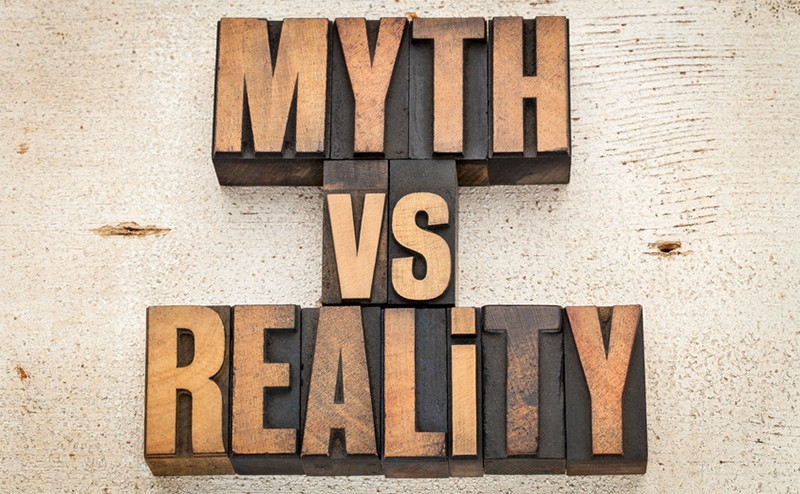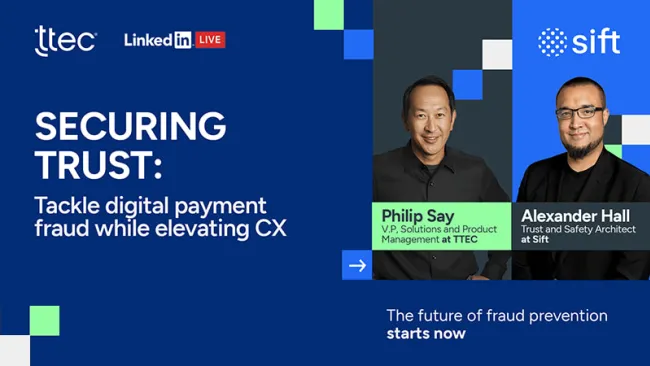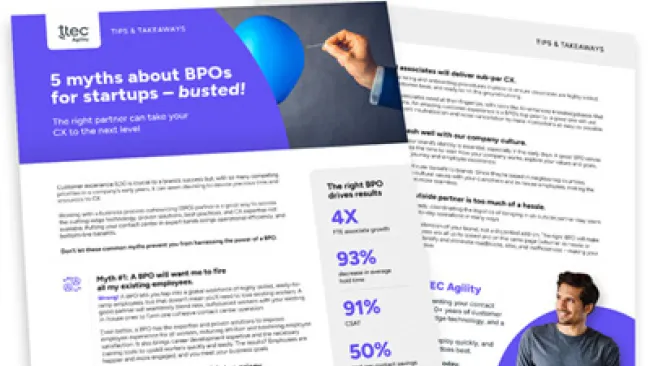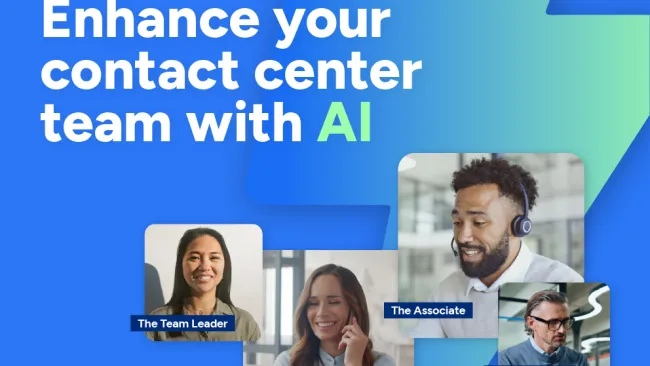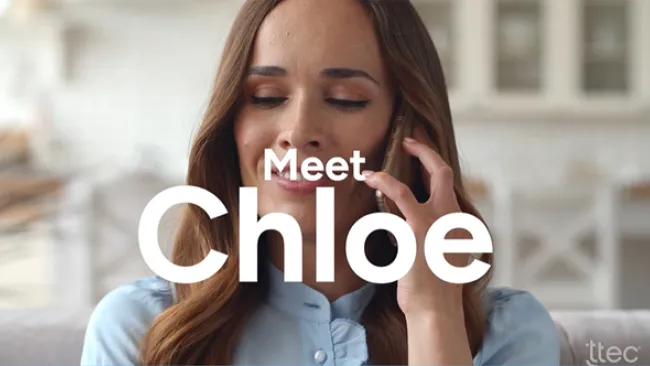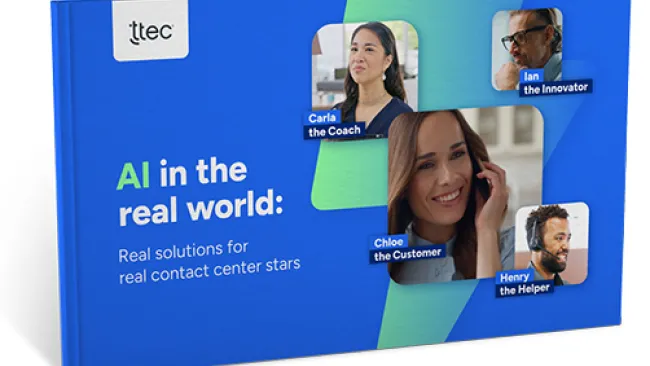“Omnichannel” is one of those high-sounding new buzzwords that has the lofty ring of ambitious customer strategy and important corporate purpose.
The only problem is that for the vast majority of businesses, the omnichannel customer experience is a complete myth. Like a myth, for most companies “omnichannel” is a total fiction, admired from afar but understood little, widely popular but subject to many different and often conflicting interpretations.
Contrary to the prevailing belief, a company is not “omnichannel” just because it is capable of interacting with customers in every possible channel. If the word “omnichannel” is to mean anything at all it must stand for a customer experience that is seamlessly integrated across all the different channels any particular customer chooses.
You can only understand an omnichannel capability by looking at interactions through the customer’s own eyes—seeing them and experiencing them as the customer does. And the problem is, customers have memories. Whether you remember them or not, they remember you. They are totally aware of what they said to you or asked of you in one channel, and they carry that awareness with them when they interact with you via any other channel.
This means a company can only be considered to have “omnichannel” capabilities if the history and context of each customer’s interactions in one channel are flawlessly carried over into the next channel, and the next, and the next.
But this rarely happens today. More than half of all customer service calls in the U.S. begin with a failed online session. Yet the first thing most callers have to do (if they ever reach a live person) is explain the situation to an associate from the very beginning. Even though the online interaction took place on the same company’s very own website, programmed and operated by that company’s own people, call center associates usually have no clue that callers had even been on their website, much less why.
It’s getting easier to ensure that the context of the customer’s online interaction is carried over into the actual human interaction. With proactive chat, for instance, the human-to-human interaction takes place within the online session itself. Or you could offer to call the customer, rather than requiring the customer to call you. Or you could deploy temporal phone numbers on your website, so that the toll-free number any particular customer sees is unique to that customer’s session, allowing you to link any incoming call from that number to that web session (that’s what a number of our own clients do). And in your mobile app, the “click to call” button ought to dial in from within the app itself, rather than simply patching the call in to your existing toll-free number.
Unfortunately, the vast majority of companies still don’t link their customers’ website visits to their inbound phone calls.
Just because a company can interact with you online as well as by phone, and perhaps even by text and chat and social media, it doesn’t mean it is an “omnichannel” company. A company may interact with its customers via a number of different channels, but if these interactions aren’t linked together from channel to channel by the customer’s own context and history, then the customer will still be frustrated, and subjected to more friction than required.
A company may have the capability to handle many channels, but that doesn’t mean it has an omnichannel capability.
So don’t be fooled by the myth.


